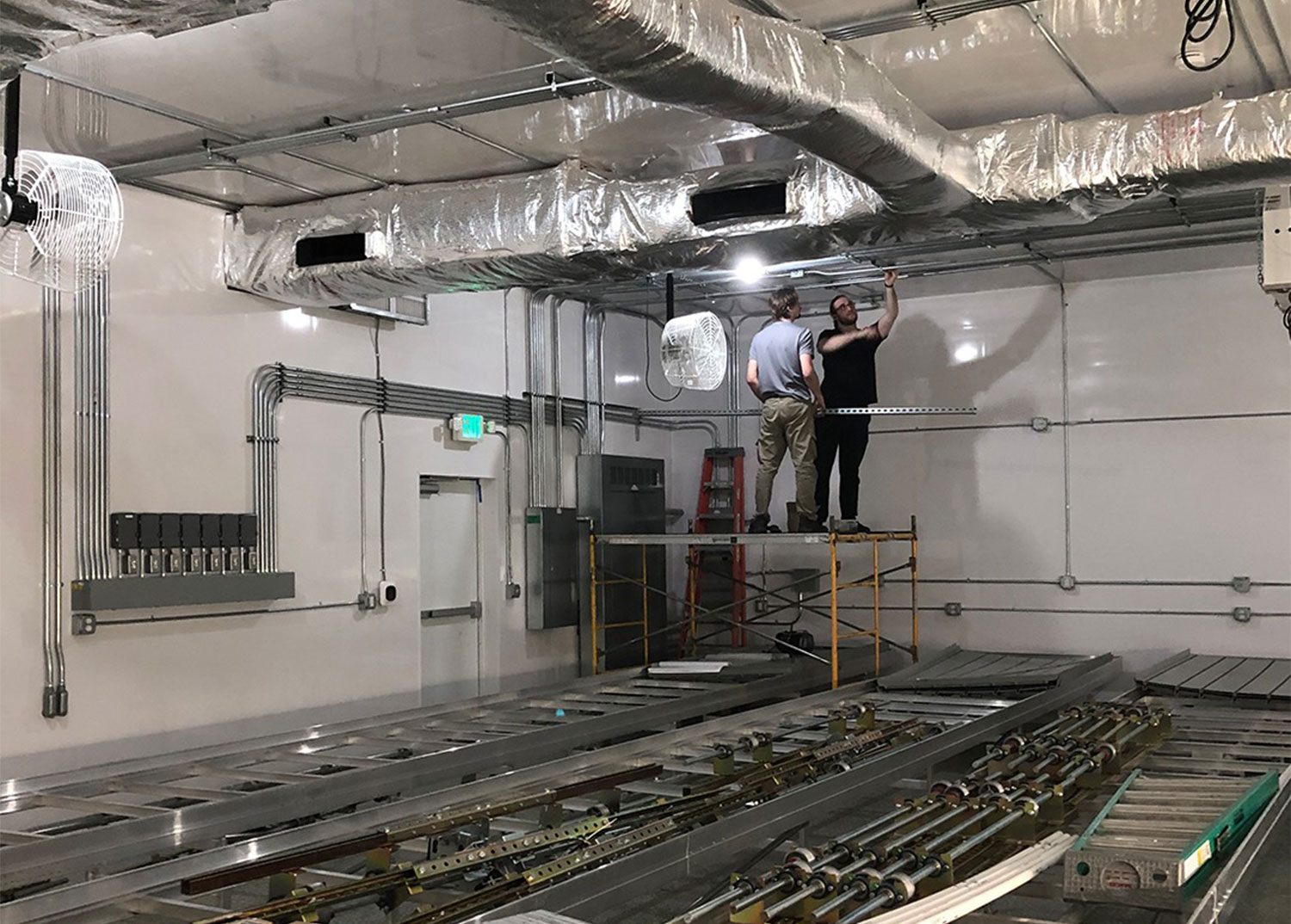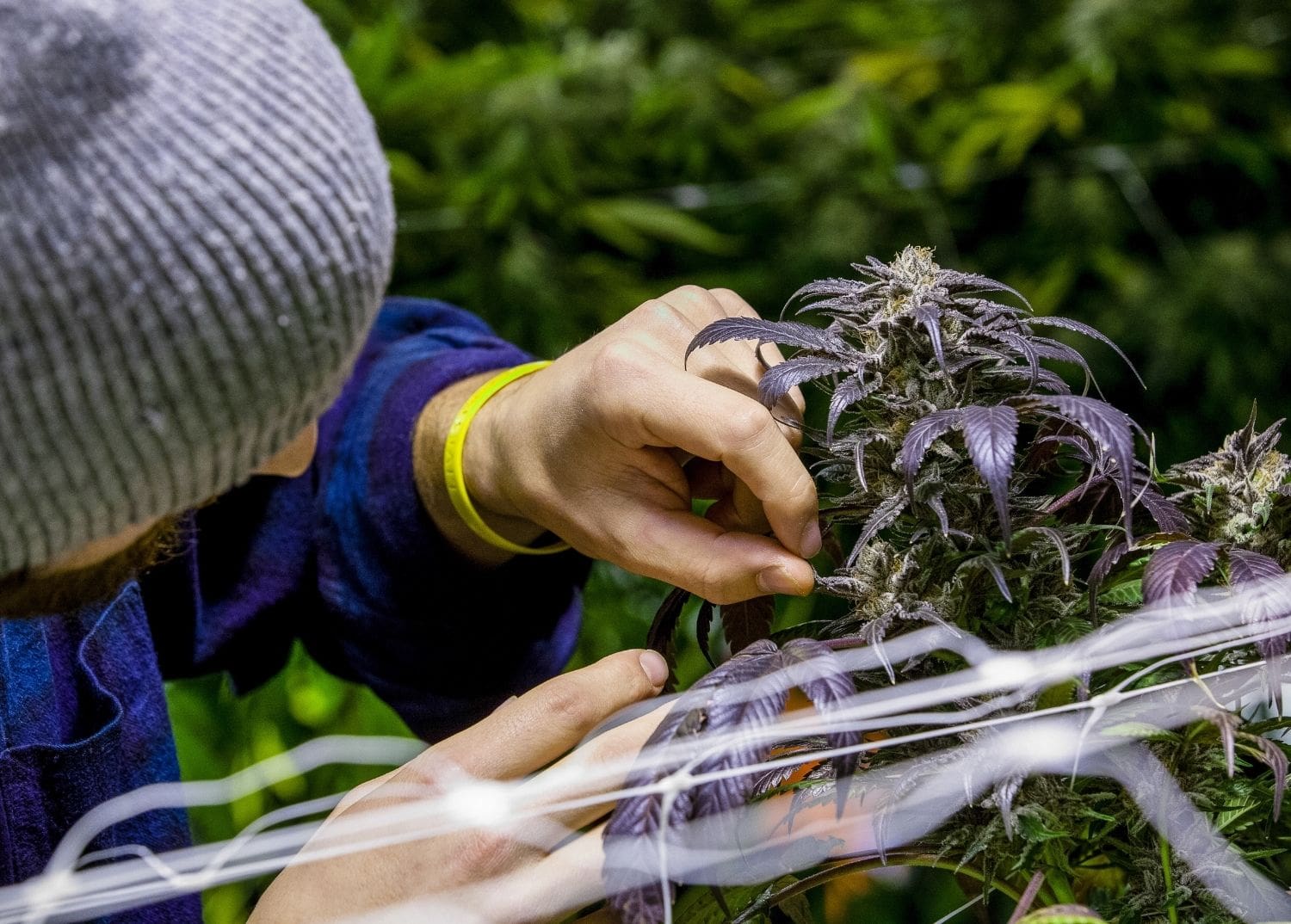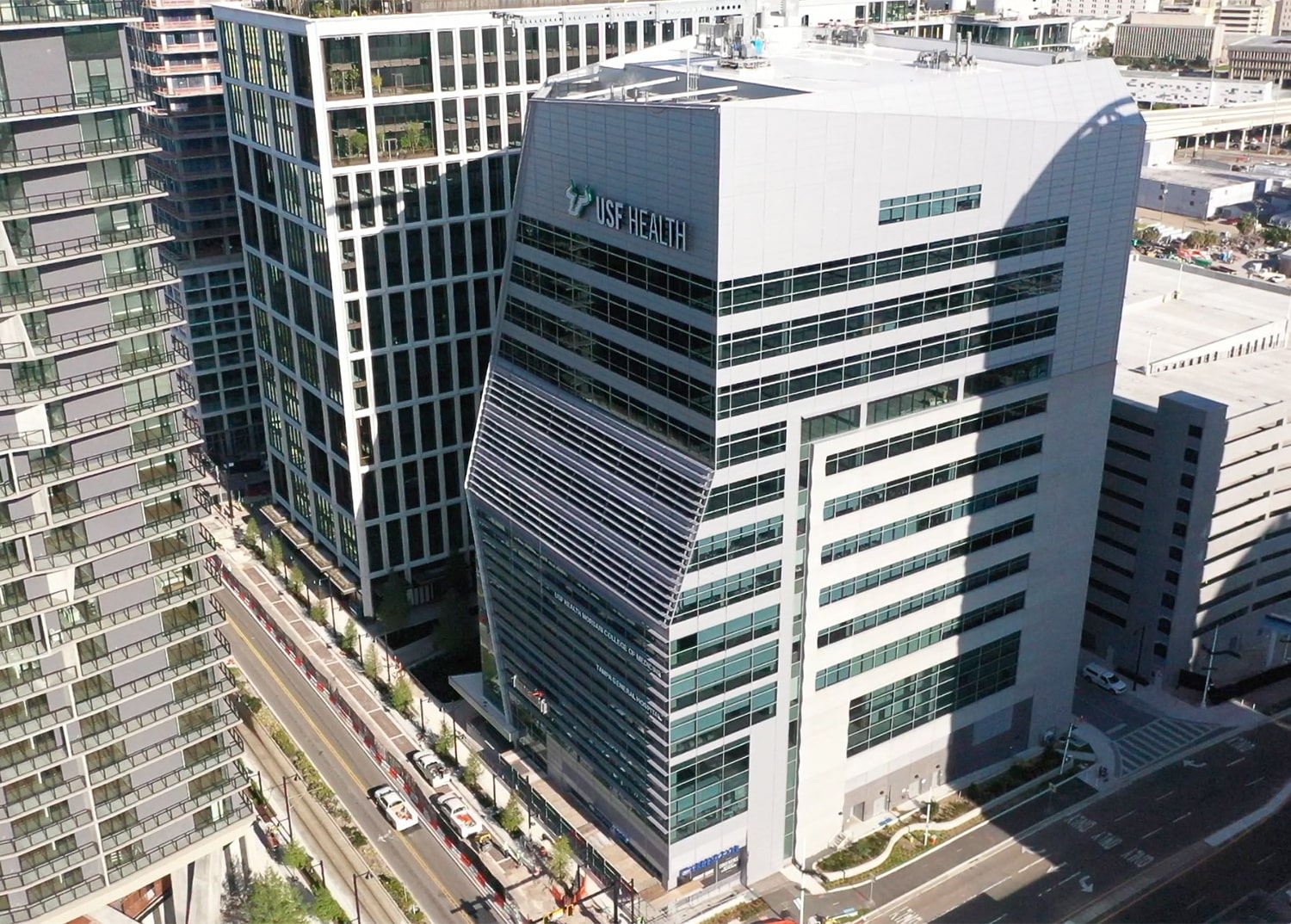Mold and mildew are some of the more severe threats to your growery, and knowing how to handle an outbreak is crucial to operations. However, having the tools and procedures in place for cannabis mold prevention are even more beneficial to the prosperity of your growery and cannabis plants. Before we go into the best steps for cannabis mold prevention, let’s look at a couple of types of mold you may find in your grow space.
There are a few types of mold that you may encounter in your grow space, but bud rot is the primary one to look out for as it commonly attacks cannabis plants. It develops at the stem of the cannabis plant and branches outward, eventually taking over the whole plant if left unattended. This mold can grow whether the cannabis is living, drying, or curing, so it is incredibly tenacious. Bud rot’s primary identifiers are a grayish-white color and wispy tendrils. When it overtakes the plants, it will make the plant flimsy and structureless and turn the cannabis buds soft and mushy. If this mold is left to take over even one plant, it could release additional mold spores and infect other buds.
Powdery mildew attacks the leaves of cannabis plants and has the appearance of baby powder. Powdery mildew is much easier to identify than bud rot and may be easier to handle. You have the option of removing the infected leaves or scrubbing off the powdery mildew with neem oil. Additionally, you could eradicate the cannabis to ensure no spread of mold spores will occur.
It is crucial to the health of your grow room that you keep a vigilant eye out for bud rot and other harmful molds and mildew. Below are a few steps you can take to ensure you protect thriving cannabis plants and prevent mold growth in your grow space and during the curing process.
How to Prevent Cannabis Mold Growth During the Curing Process
Curing brings out the flavor profiles of the cannabis strain’s terpenes, results in a higher potency, and affects the smoothness of the smoke. However, the longer you cure cannabis buds, the more likely moisture will build-up, and mold will grow. Luckily, there are some preventative measures you can take to lessen the chances of moldy cannabis!
1. It is crucial that you fully trim your plants and remove all seeds and stems from the cannabis buds before curing. Any extra moisture left in trimmable pieces will affect the humidity of the curing jars or airtight containers.
2. Burping is a money-saving way to regulate the relative humidity of your curing containers. Burping is the process of releasing humid air from your curing jars or airtight containers by simply opening them up for a few minutes. You should do this between two and four times a day in the early stages of the cannabis curing process. Later in the process, you can do this less frequently. The only catch is that opening the containers leads to potentially letting in air with higher relative humidity than the air already inside the container.
3. Implementing two-way humidity regulator packets is another excellent way to keep mold at bay. They eliminate the need for burping and control humidity levels by drawing out moisture from your curing container and the cannabis buds inside. Since 65% relative humidity is considered the maximum humidity level before hitting the danger zone, a two-way humidity regulator pack set for 62% relative humidity will keep you covered. During the later stages of the cannabis curing process, you can move to 55% relative humidity packs to further dry out your buds and prevent molding.
Other Ways to Prevent Cannabis Plant Mold
We recommend a few more steps to ensure you are making every effort possible to prevent mold growth in your grow space, whether during the curing process or otherwise.
Make sure your growing environment is regulated.
Having a clean facility with good HVAC is imperative to preventing cannabis mold growth at any stage. A crucial part of indoor growth and operations is your ability to regulate most, if not all, growing, drying, and curing variables.
Keeping the temperature at roughly 82-83 degrees Fahrenheit during the day and avoiding significant temperature shifts at night is your first step. Control the moisture levels of the entire grow space with a humidifier or dehumidifier if you operate in an especially dry or humid region. The recommended maximum for relative humidity in cannabis grow rooms is 65%.
Lastly, it would benefit you to require Tyvek suits or “grow-only” clothing and footwear for anyone who enters the grow space. Contaminants like mold spores, spiders, and mites can attach themselves to clothing and footwear to make their way into the facility, likely causing an infestation.
Create optimal growing conditions.
Make sure the spacing of your cannabis plants is appropriate, increasing space for airflow between plants. Properly pruning your plants is another way to allow for more airflow between cannabis plants. You may want to have a fan running as well to fan leaves and ensure the circulation of air. Any stagnant air gives mold more opportunity to grow.
Lastly, monitor the health of your cannabis plants closely, looking intently for early signs of mold and mildew and eradicating it before a more significant outbreak occurs.
With this information, you should be prepared to optimize your facility and take the necessary steps towards cannabis mold prevention. If you’d like further consultation on optimizing your grow space, reach out to one of the Lift and Grow experts today!



